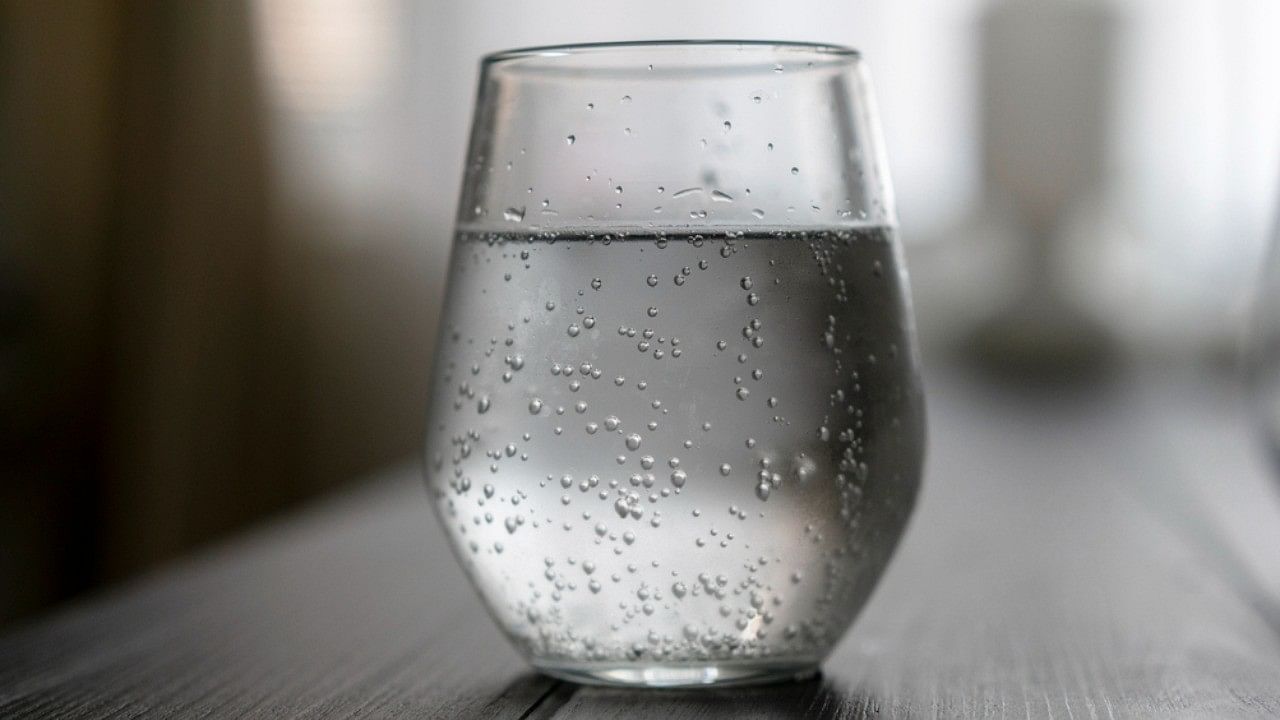
Representative image of clean water.
Credit: iStock Photo
Mumbai: Bhopal-based Indian Institute of Science Education and Research (IISER) has successfully produced magnetic nanoparticles, which are minuscule particles approximately one hundred thousand times smaller than the width of a human hair.
These nanoparticles have been engineered for multiple applications, such as heat and light-induced removal of salt from seawater, the extraction of potable water from contaminated wastewater with dyes, deicing and anti-icing processes.
One of the primary global challenges in the world is obtaining clean and usable freshwater from wastewater and seawater.
It is estimated that around two-thirds of the world’s population will soon live in regions with water scarcity issues. To address this, desalination, a process that can provide local water sources for about 40% of coastal communities, is crucial.
The Research was led by Dr. Sankar Chakma, Assistant Professor, Department of Chemical Engineering, IISER Bhopal. The findings of this research group are published in the reputed peer-reviewed journal American Chemical Society - EST Engineering, according to a press statement.
The paper was co-authored by Vishrant Kumar, Abhinav Chandel, Prachi Upadhyay, and Dr Sankar Chakma.
“The photothermal desalination using our magnetic nanoparticles was effective with excellent water evaporation rate. This is because of improved mass transfer through a porous medium, like transpiration and capillary action, aiding faster upward movement of water molecules,” said Dr Chakma.
Desalination methods that produce usable water from seawater typically involve processes that need a lot of heat, like distillation or other membrane-based techniques like reverse osmosis. However, these methods often require expensive equipment, large setups, and substantial energy consumption. A more sustainable alternative is photothermal (light+heat) --assisted desalination, which harnesses renewable solar energy.
The creation of magnetic nanoparticles has diverse applications, from efficient desalination processes to dye removal and de-icing all of which represent a significant step towards sustainable and accessible water resources. Such advancements in science offer hope for a future where clean and safe water is more readily available to communities worldwide.
The researchers used a simple method inspired by Indian earthen lamps to produce the magnetic Porous Carbon Nanoparticles. The process involved saturating cotton with nickel salt and mustard oil, and igniting it using a lighter, resulting in the formation of these specialized MNPs. The synthesized MNP were assessed for its photothermal activities.